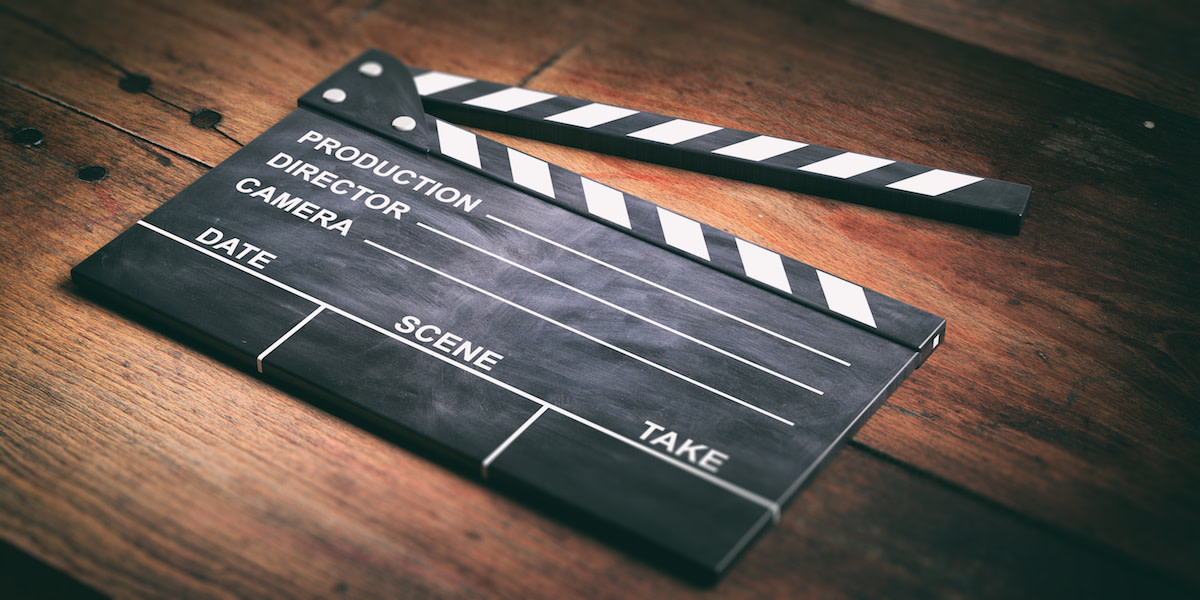What Is the First Assembly? Tips for the First Stage of Film Editing
Written by MasterClass
Last updated: Sep 30, 2021 • 3 min read
From the day preproduction begins to the moment a final cut is picture locked, the decisions made in the editing room are some of the most important in the entire filmmaking process. All other aspects of film—the research, the script, the images, words, sounds, and music—feed into the edit, where the creative team must synthesize, coordinate, and shape everything into its final form. The first assembly represents one of the critical first steps in the process of film editing.
Learn From the Best
What Is First Assembly?
The first assembly, or assembly cut, is the editor’s first cut of the entire movie. The editor strings together all of the usable footage and organizes it into a chronological sequence that corresponds with the film’s script.
For large budget Hollywood features with high-profile production companies, the editor often works on assemblies of individual scenes while the film is still being shot. An assembly cut is followed by a rough cut, in which the director’s notes are added and the film is trimmed down further.
What Is The Importance of an Assembly Edit?
When the director watches an assembly edit, it is the first time they are viewing any version of the film. This can provide essential information to the director about what’s working and what isn’t, and will often highlight areas of the film where re-shoots or pick ups are needed to provide additional story clarity.
6 Tips for Putting Together the Assembly Cut
After the raw footage is logged and organized (usually by an assistant editor), the film editor will begin working on the first assembly of the film. Here are some tips for putting together a great first assembly:
- 1. Watch all the footage. Putting together a workable assembly cut requires you to make a series of basic decisions about what footage to use. Oftentimes there will be several takes of the same close-up shot, line reading, or establishing shot. (Learn about the types of shots in film here.) An editor should watch all of the dailies and select the footage that makes the most visual or storytelling sense for a given sequence.
- 2. Start chronologically. Whether it’s a feature film or a short film, the assembly cut represents an editor’s best first guess at what the structure of the film should be. For most narrative films, this means following the script as much as possible. However, for experimental or documentary films, the structure can be harder to intuit. If you’re having trouble determining a natural structure, try a purely chronological approach. You may determine that scenes need to be re-ordered later on, but a chronological cut will allow you to see the entirety of what has been shot in a functional, logical order.
- 3. Resist the urge to over-edit. Assembly cuts are supposed to be messy. The purpose of an assembly cut is to see the film in the simplest, broadest possible context. Visual effects and sound effects won’t be added until the final cut. Don’t worry about flawless continuity editing or overly aggressive cross cutting—there will be plenty of time for more advanced editing techniques later in the post-production process.
- 4. Try a blind assembly. On a documentary feature, a blind assembly is an edit done without visual components. The editor strings together voiceover, interview selects, and “scratch” narration to make the first cohesive ‘look’ at the film. In essence, a blind assembly is akin to creating a radio play, and can be used to assess how well the storytelling is working in its purest, aural form.
- 5. Attempt multiple versions. Modern editing software, such as Adobe Premiere Pro, makes it easy to try out multiple versions of the same sequence. If you’re struggling to determine the best editing style to employ in a scene, don’t be afraid to attempt a few different versions. For instance, if you’re not sure which take of a two shot to use, or where to apply b-roll, experiment with a couple different sequences and see which one feels right.
- 6. Don’t panic. Your first assembly is going to feel far too long, and painful to watch. Don’t fret—this is as it should be. Laying out all your options is an essential step towards honing into the core story you want to tell. What follows next is an iterative process of trimming, restructuring, compressing, and rewriting, continually honing in on the most important narrative elements.
Learn more about the stages of film editing with the MasterClass Annual Membership. Gain access to exclusive video lessons taught by filmmaking masters, including Ken Burns, Martin Scorsese, Mira Nair, and more.
